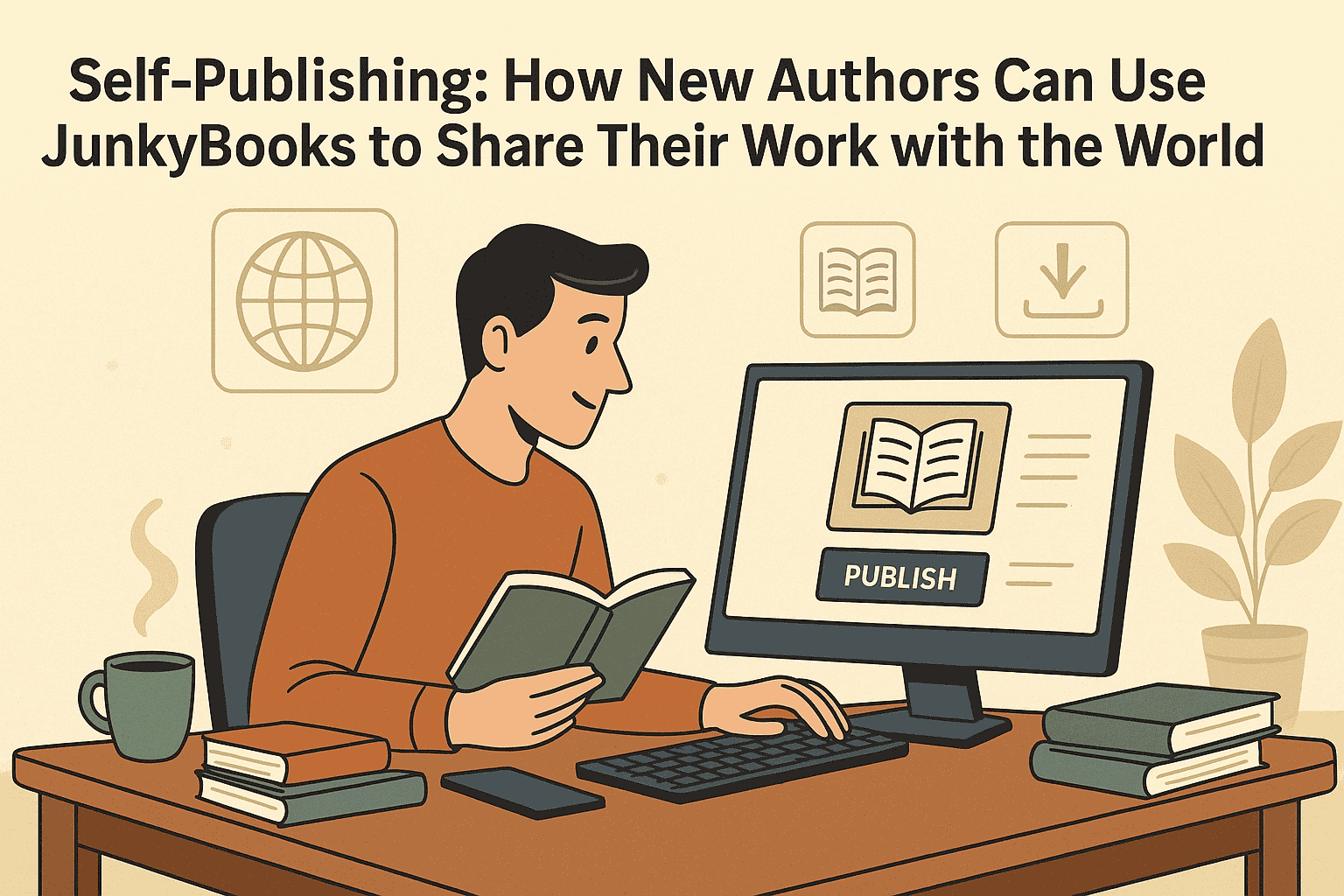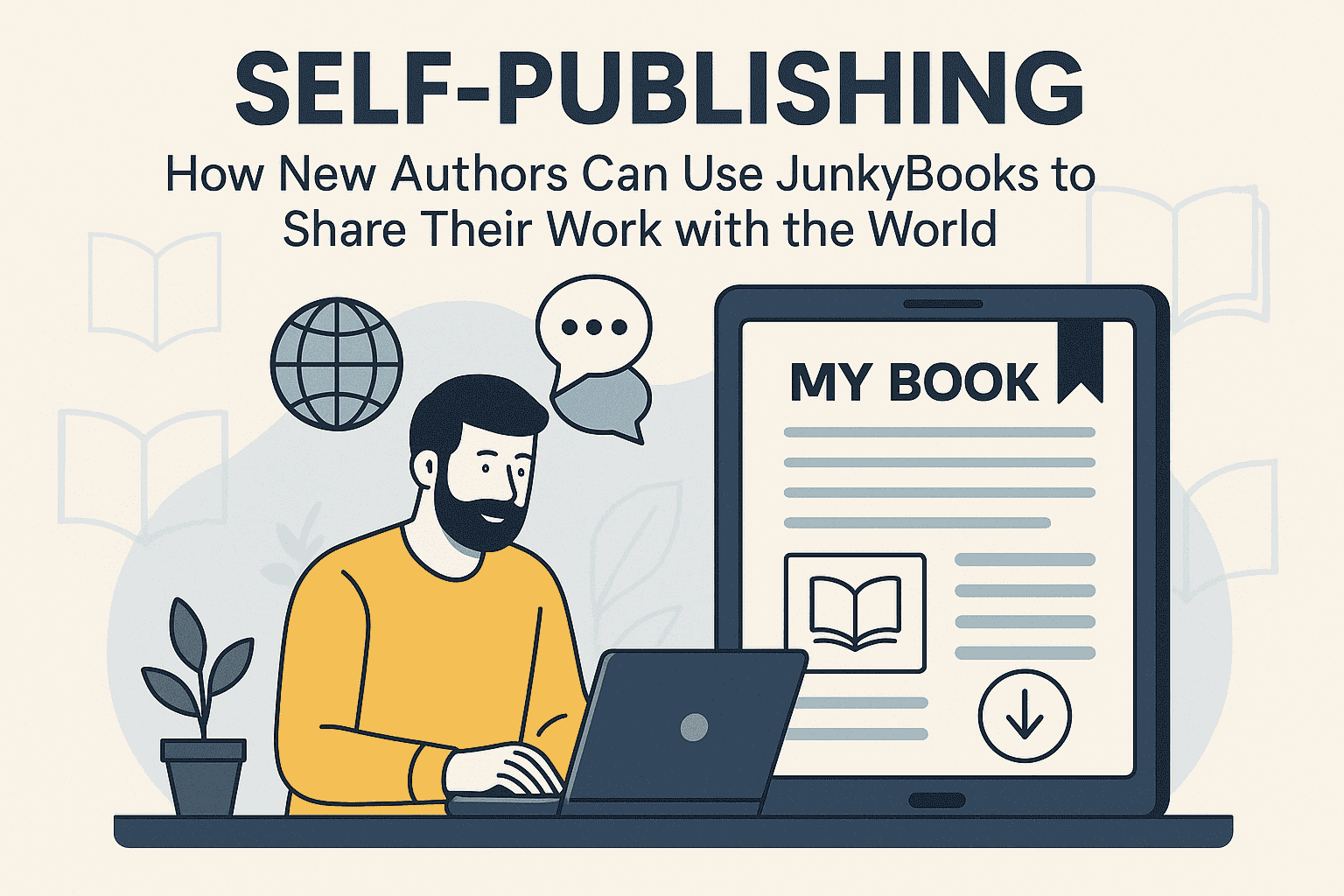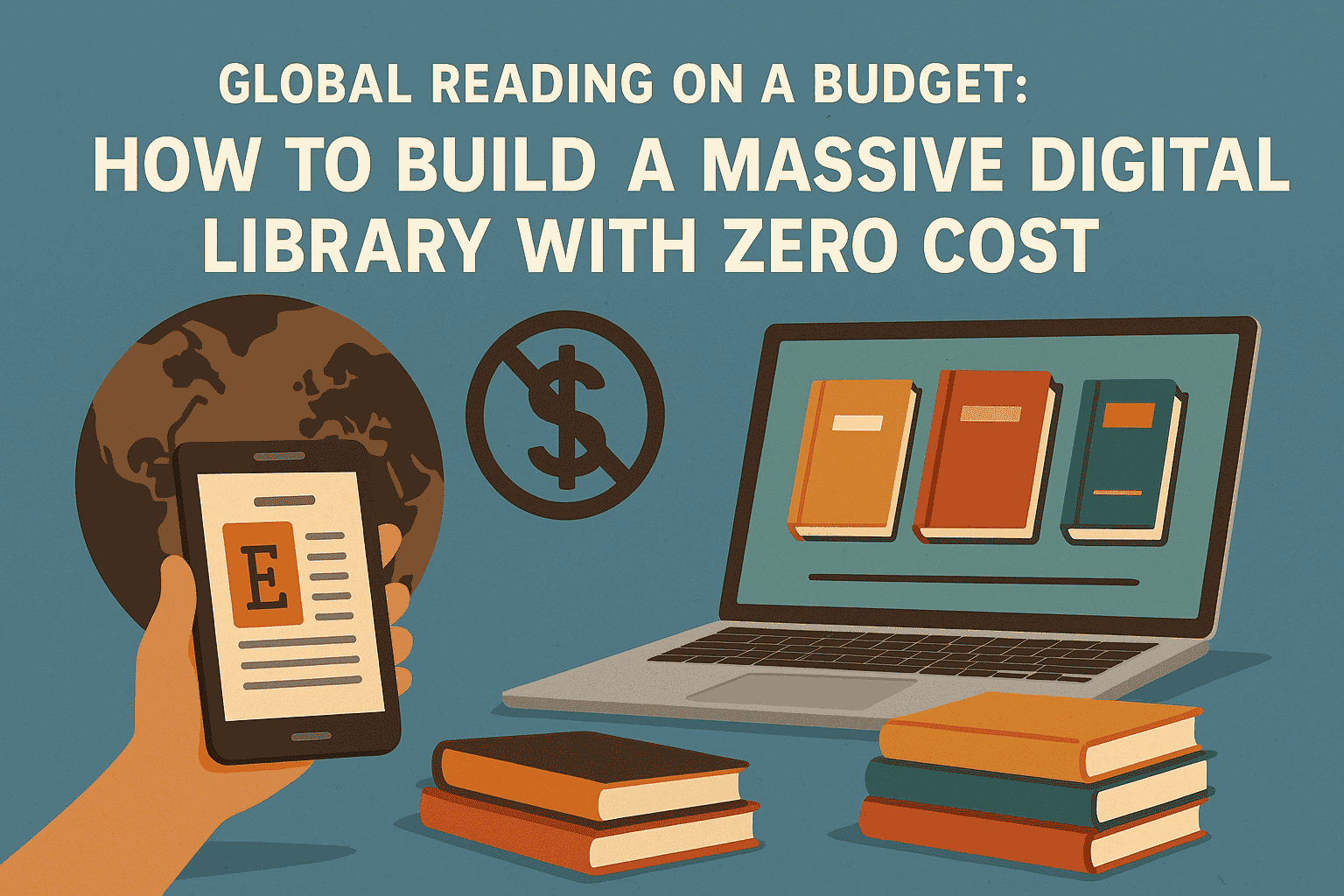The Role of Storytelling in Resume Writing: Lessons from Top Career Books
When you think of a resume, the first words that come to mind are probably “professional,” “concise,” or “structured.” But what if we told you that the secret ingredient behind many successful resumes isn’t just formatting or bullet points — it’s storytelling?
Yes, storytelling. That age-old art of weaving words in a way that connects, engages, and persuades.
In today’s job market, where employers are scanning dozens (if not hundreds) of resumes at a time, storytelling has emerged as one of the most powerful tools a candidate can use. And many of the top career books now focus on the importance of narrative — not fiction, but purposeful, focused storytelling that shows who you are, not just what you’ve done.
This blog post will explore the role of storytelling in resume writing and the practical lessons you can learn from some of the best career books on the subject.
Why Storytelling Belongs in a Resume
Traditional resumes tend to list accomplishments, roles, and skills — and that’s still important. But a resume that tells a story does much more:
-
It provides context for your achievements
-
It shows your progression, not just your positions
-
It connects your personality to your profession
-
It helps you stand out in a sea of similar credentials
Storytelling gives hiring managers a reason to remember you. And in a hyper-competitive market, being memorable is half the battle.
What Does Storytelling Look Like on a Resume?
Before diving into examples from books, let’s define what storytelling on a resume actually means.
You’re not writing a novel or adding chapters. Instead, storytelling in resume writing includes:
-
Creating a career narrative that links your roles and accomplishments
-
Using action verbs that demonstrate impact and initiative
-
Crafting a strong summary statement that outlines your journey and goals
-
Showing problems you solved, not just tasks you completed
The goal is to move from a resume that reads like a list of duties to one that reads like a compelling summary of your professional growth.
Lessons from the Best Career Books
Many top resume writing books emphasize the power of storytelling — sometimes subtly, sometimes directly. Here are some of the best, and what they teach about using story to your advantage.
1. “The 2-Hour Job Search” by Steve Dalton
Though primarily focused on networking and job searching, Dalton’s book stresses the importance of being memorable. He teaches readers how to explain their background in simple, engaging terms — a key part of building a storytelling resume.
Lesson: Create a one-sentence career narrative. Something like, “I’m a marketer who’s helped three startups launch nationally in under a year.”
This narrative helps shape every bullet point on your resume into part of a larger story.
2. “Reinvention Roadmap” by Liz Ryan
Liz Ryan, a former Fortune 500 HR exec and founder of the Human Workplace, is one of the biggest advocates for humanizing resumes. In her book, she urges job seekers to write resumes with a “human voice.”
Lesson: Use storytelling in the form of a “pain letter” or narrative-style summary at the top of your resume. Talk about the challenges your past employers faced, how you solved them, and what made your approach unique.
Ryan’s method encourages empathy and connection — both products of great storytelling.
3. “What Color Is Your Parachute?” by Richard N. Bolles
This classic book has helped millions of job seekers rethink the job search. One of its core messages is understanding your mission and connecting it to your work.
Lesson: Build your resume around your purpose. Why did you choose this path? What patterns emerge in your work history? How can you tie everything together with a common theme?
When your resume reflects a sense of mission, it tells a more powerful story than any generic bullet point.
4. “The Resume Writing Guide” by Lisa McGrimmon
This book takes a practical, step-by-step approach to resume creation. One standout chapter focuses on writing achievement-based resume bullets — and that’s where storytelling comes in.
Lesson: Use the CAR method — Challenge, Action, Result — to frame your experience. Each bullet point becomes a mini story of how you identified a problem, acted on it, and delivered results.
This technique turns ordinary job descriptions into vivid examples of your value.
5. “You’re Hired!” by Lorne Epstein
Epstein emphasizes how people connect with stories over facts. He advises job seekers to use STAR-based examples (Situation, Task, Action, Result) in both resumes and interviews.
Lesson: Every role on your resume should include at least one story of success, not just a list of responsibilities. These stories help readers see you in action.
It’s a technique borrowed from performance reviews and repurposed for powerful resume writing.
Crafting a Narrative Resume: Tips and Examples
So how do you apply these lessons from career books to your own resume? Here are some hands-on tips.
1. Start with a Summary that Tells a Story
Instead of a generic “Experienced marketing professional with 10 years of experience,” try something like:
“Creative marketing leader who helped triple customer engagement at two SaaS startups by building human-focused campaigns. Passionate about blending data and storytelling to create emotional resonance in digital spaces.”
This summary sets a tone — it’s about who you are, not just what you’ve done.
2. Use Bullets That Paint a Picture
Transform “Managed social media accounts” into:
“Revitalized dormant social media platforms, increasing follower engagement by 150% in 6 months through targeted storytelling and consistent brand messaging.”
The second version tells a story: there was a problem, an action, and a result.
3. Build a Narrative Arc Across Jobs
If you’ve jumped industries or held varied roles, storytelling helps tie it all together.
Maybe you moved from journalism to tech marketing. Your resume can show how your storytelling background helped you connect with audiences and build strong content strategies in both fields.
4. Highlight Career Pivots with Intention
Career changers often struggle with how to explain transitions. A storytelling resume helps you show the why behind your changes.
Instead of hiding gaps or shifts, use your summary to explain how each move fits your broader mission.
The Emotional Power of Story
Resumes are professional documents — but that doesn’t mean they have to be cold or robotic. Storytelling allows job seekers to inject a touch of emotion, purpose, and personality into the process.
That’s not only more enjoyable to write — it’s more powerful to read.
Hiring managers are human. They remember stories. They relate to challenges. They want to know what makes you tick. Storytelling helps you connect with them before you ever walk into the interview.
Final Thoughts
At Junkybooks, we’ve read hundreds of career books and resume guides — and the ones that stand out always center on one thing: your story matters.
A well-structured resume is great. A resume that follows ATS rules is necessary. But a resume that tells a compelling, authentic story? That’s what makes employers take notice.
By following the lessons from top resume writing books and infusing storytelling into your documents, you can transform your job search from mechanical to meaningful — and land interviews that feel like natural extensions of your journey.
Ready to start writing your story? Let us know — we can help you pick the perfect guide or even help you write it from scratch.







